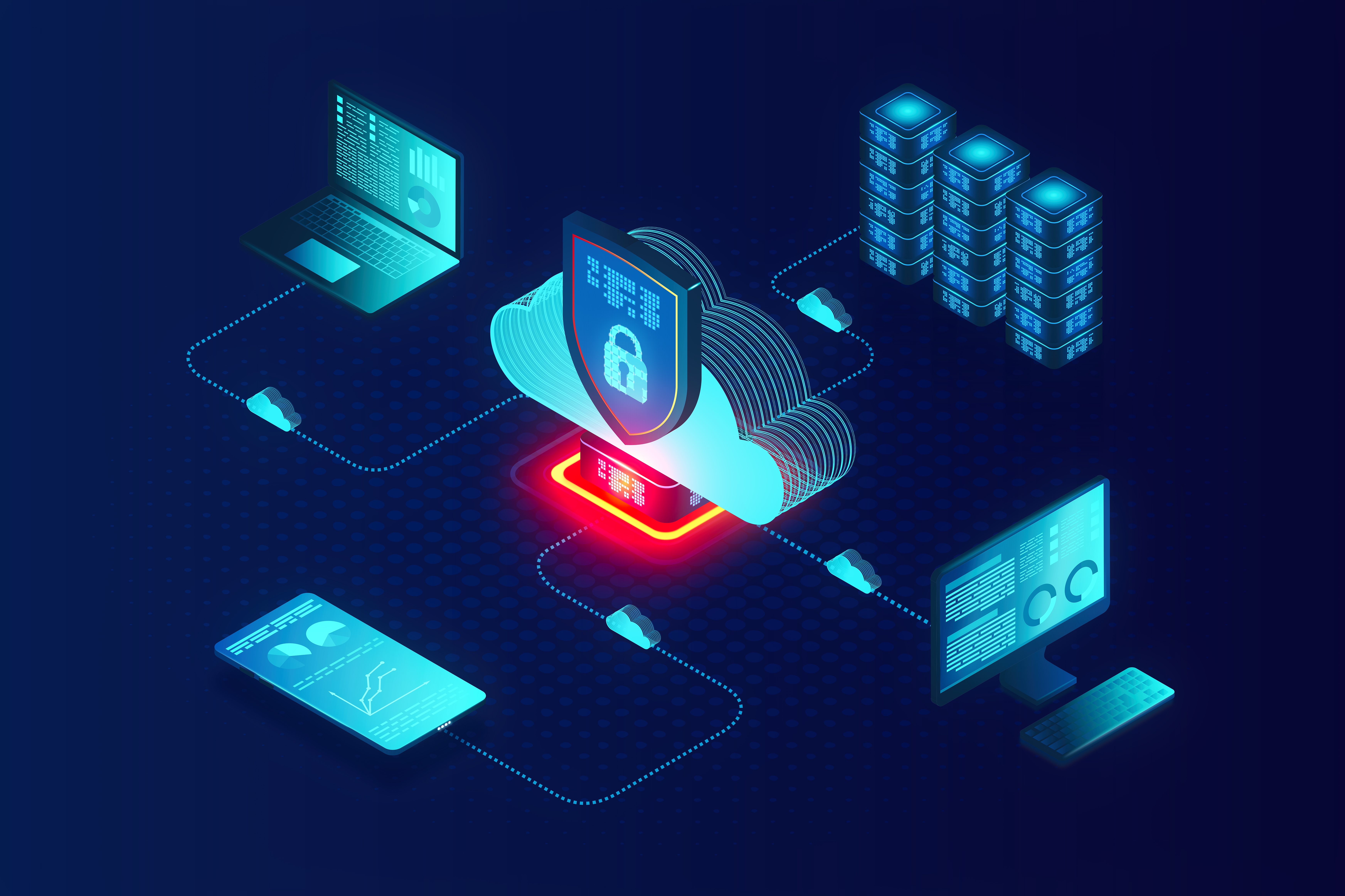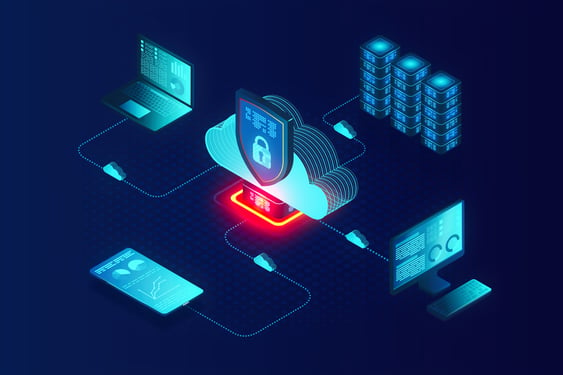
Endpoint detection and response (EDR) is a term used to describe a category of security solutions that focus on identifying and responding to threats on devices such as laptops, desktops and servers. EDR solutions are designed to supplement traditional antivirus (AV) software by providing greater visibility into malware activity on endpoints and the ability to take action in real-time.
The Importance of Endpoint Detection and Response Tools
What is EDR in cyber security — and why is it so important? The growth of remote work and the "always-on" mentality have increased the number of devices that are potential entry points for attackers. In a world where employees are working from home, traveling or using public Wi-Fi networks, traditional AV software is no longer enough to protect endpoints. EDR solutions can help fill this security gap by providing visibility into malicious activity on devices, regardless of where they are located.
EDR solutions can be deployed as a standalone product or as part of a larger security suite. They are typically used to protect devices that are connected to the internet and contain sensitive data, such as credit card numbers or patient information. EDR solutions can also be used to protect corporate networks from attacks that originate from within the organization.
Mitigating Incidents Faster and More Effectively With EDR
EDR solutions can also play a critical role in incident response (IR). When an attack is detected, EDR can help speed up the process of identifying the scope of the compromise and remediating it. This is particularly important in cases where traditional AV software has been bypassed or when the attack is not detectable by traditional means.
EDR solutions can also help organizations improve their overall security posture. By providing greater visibility into malicious activity on endpoints, EDR can help organizations identify vulnerabilities and patch them before they are exploited. This helps reduce the chances of a successful attack and improves the overall security of the organization.
Types of EDR Solutions
There are a variety of EDR solutions on the market, and they can be divided into two categories: signature-based and behavior-based.
- Signature-based EDR solutions use a database of known malware signatures to identify and block threats. This type of solution is only effective if it has a current database of signatures for all known malware.
- Behavior-based EDR solutions use algorithms to detect malicious activity, even if it does not match any known malware signature. This type of solution is more effective than signature-based solutions, but it can also be more complex and difficult to configure.
Most EDR suites will include both signature-based and behavior-based algorithms to some extent.
How EDR Solutions Work
EDR solutions work by monitoring all activity on an endpoint and collecting data about the files that are accessed, the applications that are used and the network connections that are made. This data is then analyzed to look for signs of malicious activity.
EDR solutions can be configured to take action in real-time when they detect a threat. This can include automatically quarantining the infected device, sending an alert to the security team or shutting down the device.
Most EDR solutions today leverage machine learning algorithms and artificial intelligence to identify threats on a scale that a human interpreter simply wouldn't be able to.

The Benefits of EDR Solutions
EDR solutions offer considerable benefits over traditional AV software, including:
- Greater visibility into malware activity on endpoints. This creates a more secure, stable and scalable solution, especially as new mobile devices and IoT devices are continuously added to a network.
- The ability to act in real time. When security threats are identified, they are identified swiftly. The faster a threat is mitigated, the less likely it is to be expensive and damaging.
- The ability to protect devices not protected by traditional AV software. Employees may be using, for instance, their personal devices which may not actually have any AV solutions on them.
- The ability to protect networks from attacks that originate from within. There have been many high-profile attacks, such as the LAPSUS$ attacks, that occurred because account permissions were sold. Traditional antivirus solutions cannot identify these types of attacks.
Ultimately, the above all lead to reduced costs associated with malware infections and data breaches. Not only is the world increasingly always on (and not only is the attack surface constantly growing), but threats are becoming more pervasive and cleverer.
Without an EDR solution in place, endpoints are vulnerable to a wide range of attacks, including:
- Malware infections
- Data breaches
- Phishing attacks
- Ransomware attacks
- Corporate espionage
- Cyber-attacks that originate from within the organization
Importantly, EDR solutions can help protect an organization against social engineering attacks, which are becoming increasingly pervasive, and which are difficult to defend against.
Best Practices for EDR Solutions
There are a few best practices that should be followed when implementing an EDR solution:
- Educate employees on how to identify phishing emails and other social engineering attacks.
- Train employees on how to use the EDR solution. This includes knowing how to report incidents and understanding the alerts that are generated.
- Keep the EDR solution up to date with the latest malware signatures and behavior-based algorithms.
- Regularly test the EDR solution to ensure that it is effective in identifying threats.
- Configure the EDR solution to take action when threats are identified. This includes automatically quarantining infected devices, sending alerts to the security team, or shutting down the device.
Primarily, organizations must work on both their top-down agility and their transparency and visibility throughout their security landscape. The more employees understand about their solutions, the better equipped they will be to support them internally.
The Challenges of EDR Solutions
EDR solutions can be expensive to deploy and maintain. However, the cost of not having an EDR solution in place is often much higher. Since organizations need to embed security in every layer of their infrastructure, transitioning to a new security solution can be disruptive and expensive.
Managed services providers can help. Security partners can help audit an organization, identify the best security tools for the organization, and ultimately aid in the transition. Contact R2 Unified Technologies to learn more.



